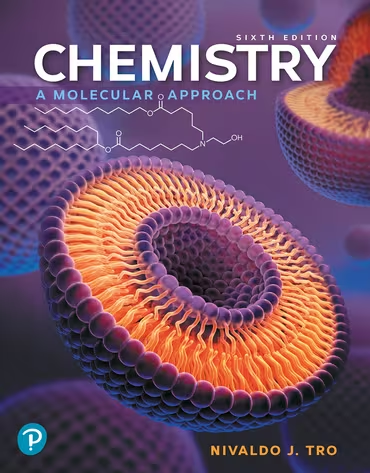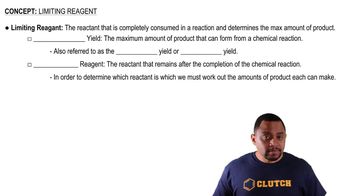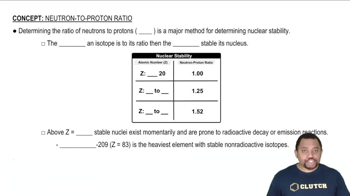For each of the reactions, calculate the mass (in grams) of the product that forms when 15.39 g of the underlined reactant completely reacts. Assume that there is more than enough of the other reactant.
a. 2 K(s) + Cl2(g) → 2 KCl(s)
b. 2 K(s) + Br2(l) → 2 KBr(s)
c. 4 Cr(s) + 3 O2(g) → 2 Cr2O3(s)
d. 2 Sr(s) + O2(g) → 2 SrO(s)





